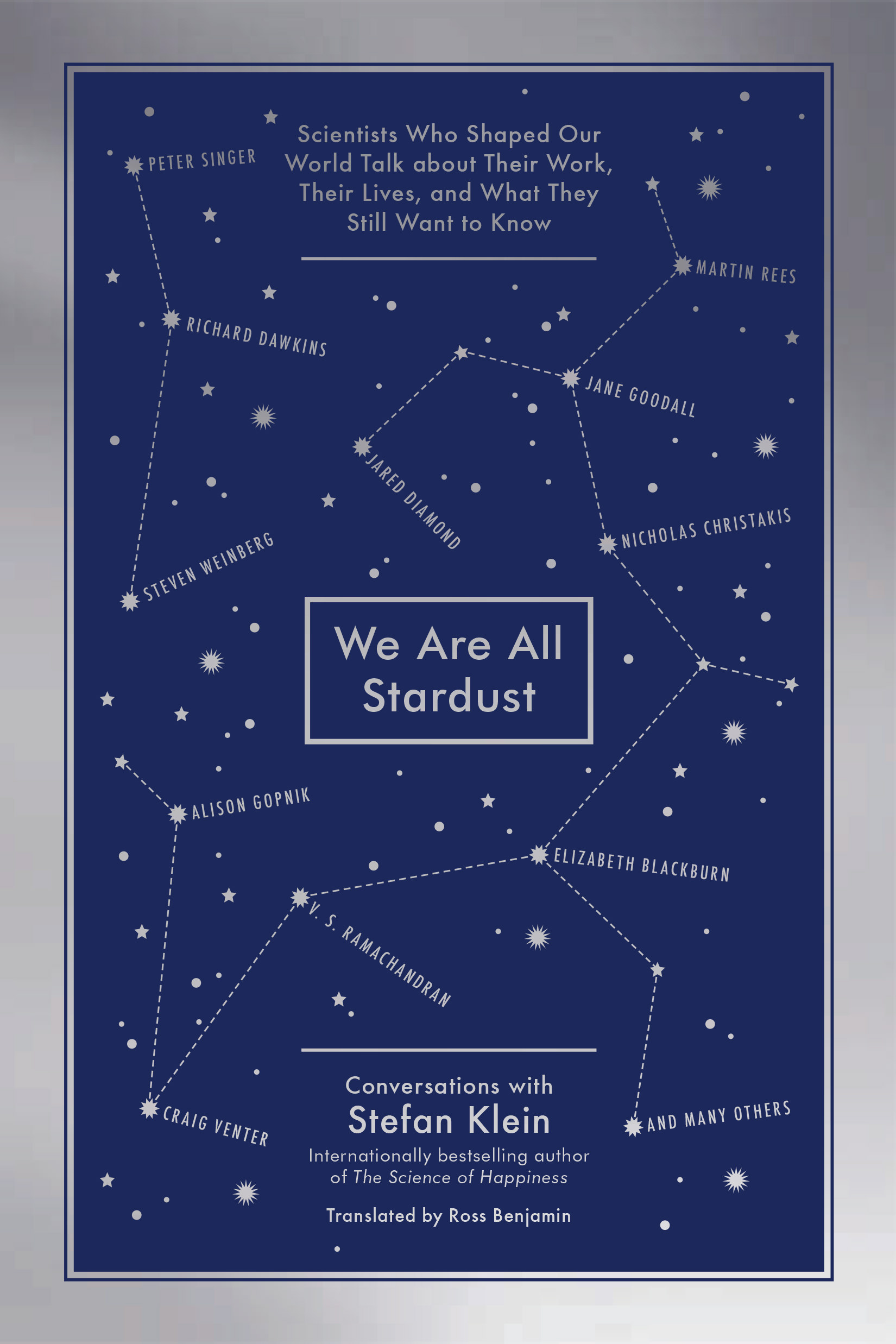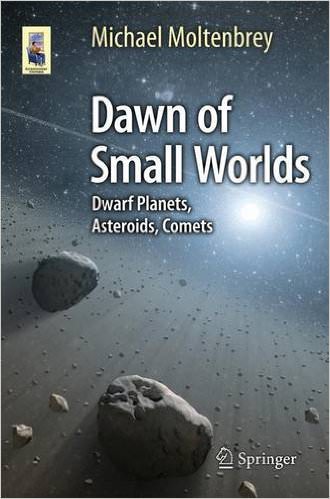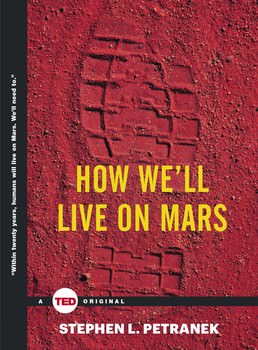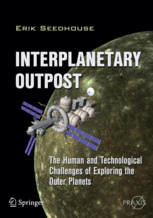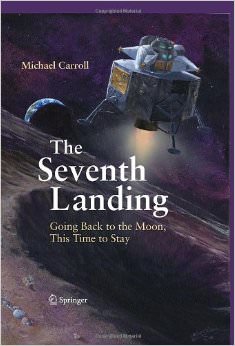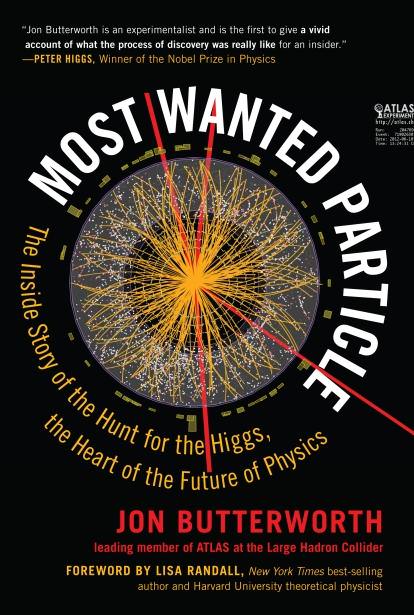Every scientist has a story. Though not all have a specific moment they can point to that ‘got them into science’, they all have people or places or moments which inspired them, or gave them some critical insight, or just kept them going through difficult or tedious times. “We Are All Stardust” is about those scientists, and about those stories.
Continue reading “Book Review: We Are All Stardust”
Book Review: Dawn of Small Worlds
Were you a bit saddened when Pluto lost its rank as a planet in our solar system? Perhaps before this you had thought that we had a firm understanding of our solar system and we were ready to look further. Apparently, as Michael Moltenbrey writes in his book “Dawn of Small Worlds, Dwarf Planets, Asteroids, Comets”, we’re anything but familiar with all the items wandering about our Sun. Yet, he shows that the contents of our solar system do have some reason and rationale even if we’re still finding out just what exactly is out there.
Yes, there are eight planets in our solar system. But, there are also lots of other things. Some we can easily see just like the planets. If we’re lucky, we get to see a comet fly through our night skies. It comes from somewhere and goes somewhere and we just see a glimpse of its lifetime. Then, there’s the occasional warning as we learn that an asteroid is on a possible collision course with Earth and we will end up going the way of the dinosaurs.
Maybe it all seems trite and random but that’s not the case as you will quickly read in this book. Based upon likely accretion models of our solar system, it shows that the material in our solar system today has an understandable and predictable behaviour. Further, we can readily use the phrase ‘small worlds’ for this material as apparently they are just that; very small clumps of rock-like miniature and distinctive worlds.
Why is it just “the dawn” of our understanding? Well, our sensors are only barely able to detect them against the great backdrop of the universe. Just imagine finding and measuring a rock that’s tens of kilometres across and several astronomical units from the Earth! What this book will provide you with is an excellent summary of what we’ve learned so far. It will clarify the differences between comets and asteroids and then perhaps confuse things a bit by introducing centaurs, cometesimals and plutinos. You can also read about hot and cold Kuiper Belt objects, if indeed it is actually a belt in shape. That is, this book presents many of the distinctive parameters for small worlds, especially those that provide distinction from our well known planets.
The book’s definition and presentation of the parameters is its greatest value. Much of the contents refers to the easiest measurable details; the eccentricities and inclinations. But there’s also some on the albedo, spectroscopy and composition. Perhaps most interesting is the book’s inclusion of the aims and results for most of the recent probes including Rosetta, Dawn and New Horizons. Pictures and data are dated to as recently as 2015 April which certainly implies that the book’s material is quite recent.
However, the inclusion of recent material may have come at the price of poor editing. For a finished book, this book has far too many grammatical and spelling errors. While a few errors might have been tolerable, the quantity therein indicates that at best a spell checker was used. Given these errors, some passages were confusing. Further, with the errors, you may question the veracity of the material itself. This is unfortunate as the book has so much depth and detail that it would otherwise have made a ready reference on your bookshelf.
As well, the one thing lacking in this book is an effective summary. It does contain a wonderful history of many discoveries of small worlds. It does highlight the incredible progress that we’ve made in just the last few decades in putting landers onto small worlds and sending probes out to Pluto. But where to next? Should we mine asteroids? Should we build an asteroid defence system? Should we journey to the Oort cloud? And perhaps most interestingly, what may become of our solar system after a few more hundreds of millions of years of settling down? A summary would be an excellent location for musings on these and similar topics.
Nevertheless, while Pluto may have lost its status as a planet it is indeed still a world even though small. And, there are many other small worlds joining it in our solar system as wonderfully described in Michael Moltenbrey’s book “Dawn of Small Worlds, Dwarf Planets, Asteroids, Comets”. From reading it, you will readily see just how much knowledge we’ve gained of our own backyard in this wide universe.
This book is available through Springer Publishing.
You can find out more about the author here.
Book Review and Giveaway: “How We’ll Live on Mars”
Every great adventure begins with a dream. Explorers look into the unknown and set a course for discovery. Many years ago, the US launched men off planet Earth and hurtled them to the Moon. The next great space milestone is certainly to put a human boot print on Mars. In this dream and adventure of exploration, women and men will not only walk on Mars, but inhabit it.
This aspiration of putting humans on Mars is not a new one. As a spacefaring nation, we could have reached there decades ago. In How We’ll Live on Mars, author Stephen L. Petranek examines how we’ll get to Mars within this century and discusses the opportunity for a potential settlement on the Red Planet.
Find out below how you can win a copy of this new book.
As a species it seems necessary and imminent for humans to exist off this singular planet we currently reside on. How will our journey to Mars happen? What are the pitfalls? And, most importantly, who is leading the charge?
Petranek discusses how private companies are filling a vacuum left by NASA’s mothballing of the Saturn V. NASA’s primary focus on the shuttle and then its retirement has left us currently unable to launch humans from US soil. Elon Musk and his Space Exploration Technologies Corp (SpaceX) are given proper attention in this book thanks to their accomplishments thus far and their push for further achievements including a goal of Mars. Other private companies and in fact, other nations, are setting their sights on sending rovers to and eventually occupying Mars.
Chapter 6 of this book is titled “Living on Mars.” Petranek aptly notes, “Humans need four things to survive on Earth – food, water, shelter, and clothing. Humans need five things to survive on Mars – food, water, shelter, clothing, and oxygen. The successful procurement of these five essential resources will secure humanity’s future as an interplanetary species.”
This presents a major hurdle. For example, an important goal is finding accessible water – a key ingredient for human survival. Making potable water on a planet far from home is not a simple task, but it is a possible one. The challenges for survival do not end there.
How We’ll Live on Mars, a TED Books original publication, is a quick and worthy read. Stephen L. Petranek’s writing style is fluid; the information is well presented and thoughtful. The first human footprint on Mars is fast approaching reality. As a species we will tune in to watch the broadcast – albeit one with a delay for the signal travel time – of a major milestone in history. This book gives a concise examination of where we’ve been, what we’re likely to see on the road to get there and what will happen once on Mars. I recommend adding this to your reading list.
How We’ll Live on Mars is published by Simon & Schuster. Find out more about the book here.
Thanks to Simon & Schuster, Universe Today has three copies of this book to give away to our readers. The publisher has specified that for this contest, winners need to be from the US.
In order to be entered into the giveaway drawing, just put your email address into the box at the bottom of this post (where it says “Enter the Giveaway”) before Wednesday, July 15, 2015. We’ll send you a confirmation email, so you’ll need to click that to be entered into the drawing. If you’ve entered our giveaways before you should also receive an email with a link on how to enter.
Book Review: Human Migration to Space
Have you wondered just how likely some of those futuristic science fiction movies might be? Can you imagine armies of drones or a cyborg/human? What do they have to do with today’s space endeavours? Well, actually lots, according to Elizabeth Song Lockard as she writes in her thesis / book “Human Migration to Space – Alternative Technological Approaches for Long-Term Adaptation to Extraterrestrial Environments”. In it, the presumption is that traveling and living in space is possible, indeed necessary. But if we become successful, we may no longer be the same humans that we are today.
For those who’ve been involved with academic theses, there’s usually little expectation in offering it to the general public. Usually the subject matter is too definite and the prose too particular to be of much use to the ordinary reader. However, in this instance, while the prose can be challenging at times, it is definitely a worthwhile read. This book goes through the standard steps of developing background and objective. Then, it’s as if you step off a cliff and you take flight into possibilities. The main subject is the posthuman. This is what humans must become in order to successfully transition into occupants beyond Earth. With this, the book has much discussion on which type of occupation is best: domination, integration or other.
And, of course, there’s lots of discussion of technology. Yet, perhaps atypical to most space books, the discussion relates more to types of technology rather than details of any particular technology. You’ll read about empathetic artilects, symbiogenesis and astrosociology. That is, the book deals very heavily with the human element during space exploration rather than the technical element. Now you may wonder why this would be an issue now? Society hasn’t been an issue for the months long stays in the International Space Station. But perhaps this is because the Earth is just outside the window and friends and family are instantly available over audio or Internet channels. For the months and possibly years of travel to Mars, with no sign of Earth and potentially intermittent and delayed communications, then the social aspect will be of a much greater concern. This same challenge of separation will occur with any colonists on Mars, the Moon or deep space. Given this perspective, this fresh view makes the read of this book very worthwhile.
While social implications for space travelers are interesting, the book also covers the deeper issue about human existence itself. Effectively, it argues that humans are at the end of their genetic development. We have no expectation of a natural mutation to something better. Equally, we have no fundamental need to change our society and social interaction. That is, we are as good as we will get. Thus, according to the book, humans must travel into space and settle upon other worlds so as to restart our evolutionary advance. Otherwise, we will face the ignominy that other flat-lined species have experienced. So, from this perspective as well, this book is definitely a good read.
Yet, don’t forget that this book is an academic thesis. It has many references, which is wonderful. The references can be somewhat terse, so it helps if you’ve read fairly broadly already. It doesn’t have an index, which is frustrating. And probably most of all, it isn’t very clear on how best to use the information within it. It will be up to each reader to decide if cyborgs are essential and if our expansion into space should only be by integrating with animate and inanimate entities that we find along the way. And what about its newness? Well, yes, we’ve seen many of these ideas and theories sprout up in the science fiction movies that continually grace our screens. But in this book / thesis, the reader can treat the contents of the wide screen entertainment as a posited precursor to humanity and thus use it for their personal divination of what may come.
While no one knows the future, there is one thing that’s certain. As we push our species into functional space-farers, we will certainly change. We can’t predefine how we will change. But, according to Elizabeth Song Lockard in her book “Human Migration to Space – Alternative Technological Approaches for Long-Term Adaptation to Extraterrestrial Environments”, there are some reasonable choices from which we can pick or even fall in to. Some maybe nice, like “E.T.”. Some maybe not so nice, like “Battlestar Galactica.” Which do you want to work towards?
This book is available through Springer. You can find out more about the author at her website.
Book Review:”Interplanetary Outpost: The Human and Technological Challenges of Exploring the Outer Planets”
While many visionaries now focus upon Mars as the next destination for humankind to visit, some have an even longer view. In the book, “Interplanetary Outpost: The Human and Technological Challenges of Exploring the Outer Planets,” you can take a ride with the author Erik Seedhouse to possibly the next most habitable body in our solar system. You can visit Callisto in the Jovian system. However, on reading this book you will quickly discover that it won’t be a simple journey there and back again.
Imagine yourself wanting to get involved with that first trip to Callisto. What would you do? Where would you begin? Well, this book could be a really good high level overview for the requirements for your endeavour.
First, it reminds you on why Callisto is the best target. Here it draws upon earlier NASA efforts, including RASC-Revolutionary Aerospace Systems Concepts and HOPE-Human Outer Planet Exploration. It also continually references recent movies like Avatar and Pandorum as supporting work. With the references aside, the book settles down and focuses you upon its prime directive, a one-off exploration endeavor, even smaller than the multiple missions of Apollo to the Moon. Therefore, much of the book’s information serves to satisfy this one-off.
As you read, you will discover more and more requirements and pre-conditions. For example, according to this book, you will be departing from a spaceport parked in CIS-Lunar orbit. You will travel on the optimal path to arrive at Callisto without hitting Jupiter or being affected by its radiation fields. You will use electrical onboard power from a nuclear generation system. Your craft will be powered by a variable specific impulse magnetoplasma rocket. Your body will be suspended cryogenically on the flight. Your body will be filled with nano-biomechanical devices so that you are in functional shape when you arrive. An onboard computer (not named HAL) will sustain both your sleeping body and the spacecraft on its multiyear journey. And so the book’s list of pre-conditions continues on. Thus, as you can well imagine, the book takes you along a path that perhaps is more akin to science fiction than science fact even though it argues that the technologies are all nearly-here! Topping this list is the submersible that launches you into the ice-covered oceans of Callisto. In any case, humankind will have to do a huge amount of prior development before you ever get to this Jovian moon; at least according to this book.
The book’s reliance upon un-proven or even non-existent technology is what will likely either make or break it for you. In effect, the book reads as if the author accumulated a large number of scientific research papers and turned them into a comprehensive, very entertaining prose for the general audience. If you want to be entertained, then this book is for you. If you want to get into a bit more of the nitty gritty, well then you may be less entertained. For example, the book has an expectation that explorers on Callisto will utilize GPS receivers to help them navigate. But, there is no mention of a GPS satellite constellation orbiting Callisto. And what about cryogenics? While the book does mentions some ongoing research today, we certainly don’t consider it mainstream. You may learn of new words like ‘respirocytes’. This knowledge could serve you well at cocktail parties but may not get you much headway at the next meeting of the local astronomical society. So, this reliance upon un-proven or non-existent technology should be kept in mind before you read this book.
However, at one time, some people were imaginative enough, or brave enough, to envision humankind doing more than staying upon planet Earth. Sure the Moon is close and Mars is apparently only slightly further. But there’s a whole universe out there just waiting for us. Are you sure what might be the best path for our species? Take a read of Erik Seedhouse’s book “Interplanetary Outpost – The Human and Technological Challenges of Exploring the Outer Planets”. It might change your perspective as it takes you on a ride the likes of which will never have been seen on Earth before.
This book is available from Springer.
Learn more about the author Erik Seedhouse at Astronauts4Hire.org
Review: Annals of the Deep Sky by Jeff Kanipe & Dennis Webb
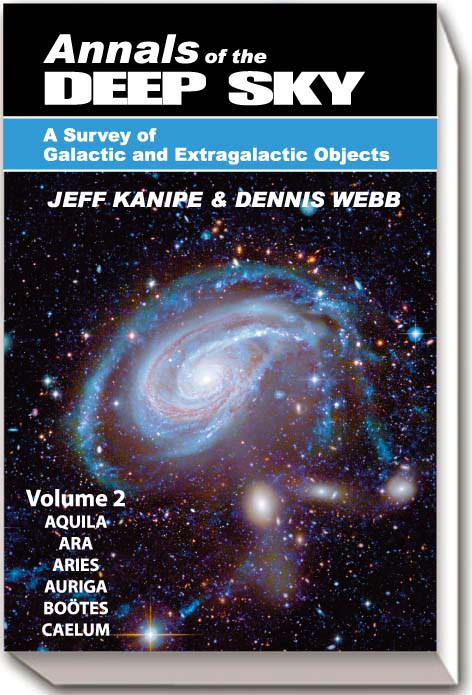
Any lover of the night sky knows the value of a good star atlas and an astronomical handbook to guide your exploration of the universe. And while it’s true that more information exists out there than ever before online, much of it is intended for a general armchair astronomical audience, or is scattered about the web in disparate places…
But an exciting new series promises to be an essential must for deep sky observers. Annals of the Deep Sky: A Survey of Galactic and Extragalactic Objects by Jeff Kanipe and Dennis Webb is a through rundown of the night sky constellation-by-constellation which is aimed at the advanced observer. Mr. Kanipe is a science writer with 35 years experience, and Mr. Webb is a NASA engineer and observer with more than 25 years of experience exploring the night sky. If the names are familiar to deep sky fans, it might be because they also teamed up to produce the Arp Atlas of Peculiar Galaxies: A Chronicle and Observer’s Guide in 2006. Volumes 1 and 2 covering constellations in alphabetical order from Andromeda to Caelum are out now from Willmann-Bell, Inc., and the projected 12 volume set will cover all 88 constellations when completed. Volume 3 is due out in early 2016.
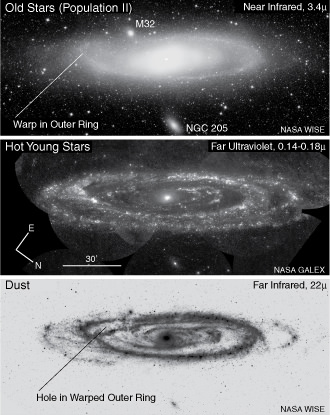
Annals promises to join the ranks of some of the classic sky guides. Observers from the pre-digital era will recall the paucity of good observing resources available just a few decades ago. Growing up in rural northern Maine, even getting our hands on Sky and Telescope or Astronomy magazine was a daunting challenge, and we often gleaned knowledge of the astronomical goings on for the year from the tables of the Farmer’s Almanac. I remember hearing of the close 0.0312 AU passage past the Earth of Comet IRAS-Araki-Alcock in 1983, days after it had passed by! Contrast this with today, as message boards and Twitter alert us to new discoveries, sometimes within minutes.
Over the years, Ottewell’s yearly Astronomical Calendar has become a crucial resource as well.
Annals of the Deep Sky promises to be this generation’s answer to Burnham’s Celestial Handbook. You have to be of a certain age to remember Burnham’s, but that landmark three volume guide is one of the few hard copy resources that still resides on our desk well into the digital era. And Burnham’s has survived despite its use of now outdated 1950.0 stellar coordinates… that’s the kind of legendary staying power it has had in the amateur astronomy community!

Annals of the Deep Sky begins with an outline of how to use the books, and a summary of basic observational astronomy and astrophysics. Like Burnham’s, Annals presents the field of observational astronomy beyond the solar system. But unlike Burnham’s—which was mainly text—the true magic of Annals lies in its extensive use of maps, diagrams and charts, all meant for the serious visual and photographic observer, both in planning observation runs and in the field. These also include some innovative ‘3-D’ style views through the constellations themselves as seen from our Earthly perspective. These views take the observer out through the plane of our galaxy and beyond as we peer out into the universe.
Annals of the Deep Sky also incorporates the latest discoveries and our understanding of the universe, as well as how our knowledge of astronomy and astrophysics got to where it is today. Annals not only provides the visual observer with handy field of view overlays for classic objects such as the Andromeda Galaxy (M31), but it also provides charts depicting camera sensor versus focal length and field of view for DLSR photography of key objects. To our knowledge, no other such resource for this specialized level of information exists for astrophotographers. We also enjoyed the graphic depictions of visual and spectroscopic binary star orbits, another tough item to dig up in research, even with today’s modern planetarium programs.
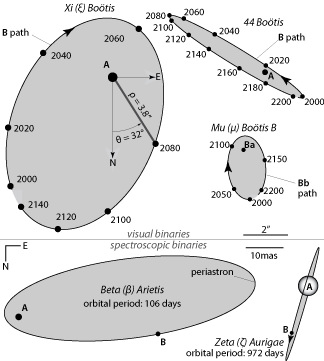
The inclusion of history and astronomical lore is also a great touch that really makes the resource ‘pop’ in a vein similar to Burnham’s. This lends a fascinating dimension of astronomical history to the Annals that suits to a casual ‘shotgun’ reading style. Like Burnham’s, I can see discovering something new from a random opening of the Annals for years to come. A fine example is the lingering mystery of the Nova of 1860 in Volume 2 observed by Joseph Baxendell near Arcturus, a fascinating tale we’d never heard of.
We only wish that this awesome resource was also available in digital format so that we could carry this essential reference with us out in the field… we could easily envision cross-referencing information from a laptop planetarium program such as Starry Night or Stellarium at the eyepiece, with Annals of the Deep Sky cued up on the Kindle.
So grab that ‘Dobsonian light bucket’ and the first two volumes of Annals of the Deep Sky. This series promises to be an anticipated gem for many years to come. And hey, you can tell the next generation of hipster backyard observers that you remember what it was like before we had Annals of the Deep Sky to consult!
Book Review: The Seventh Landing — Going Back to the Moon, This Time to Stay
Can you remember back to your first love? The one that left you in tears, wondering what ever caused such a disaster. Well, that feeling might come back to you if you read Michael Carroll’s “The Seventh Landing.” For you see, this book anticipates the imminent Constellation program of 2009 that was going to return the United States to the Moon and then on to Mars. We know what happened instead and we know a few tears must have been shed, perhaps even yours.
Yes, this book is all about the Constellation program and its Ares I and ARES V launch vehicles. But more than that, and what makes it still applicable today, is that the book really gets into a lunar landing program as the next step in humankind’s expansion off of Earth — and how it’s the logical precursor to the next step: a settlement on Mars.
This logical progression jumps right out via the table of contents. First there’s an excellent chapter that recovers what’s already transpired; the good and bad of both the Apollo program and the early Soviet space program. The writing style and copious quantities of vintage photographs bring a sense of immediacy and presence.
The second chapter takes you to the promised land. This land is full of large expendable launch vehicles; human rated and ready to transport material and supplies. Here’s where the value of this book continues on to today. That is, the book provides a systems analysis point of view on, for instance, why various engines would be better or how to use ping pong balls to design a lunar capsule. With this, the reader can start to get a grasp on the complexity of this undertaking. Interesting yes, but what about that purpose again? Oh yes, it was to put humans on the Moon. Well that’s the book’s next chapter.
Bring on the Shackleton crater, the nights of -233C and the dust. Lots and lots of dust. As it states, sure there may be some engineering challenges but hey, we’ve been to the Moon already and we’ve been continuing to research it nearly non-stop so we should certainly be able to go back there to live; even if it won’t be easy.
The remainder of the book is somewhat like a lover after their first kiss; all hopes and aspirations. The chapters progress on to the reasons for returning to the Moon or what to do once there. Then, of course, there’s that final question that remains and which the book outlines but doesn’t answer. That is, “Is the Moon really the next step for humanity or should we go Mars direct?” Well, since 2009, there’s been lots of discussion on this topic though as we’ve seen, there’s been very little substance. So in a sense, this book is still a wonderful jumping off point for someone who wants to understand where things lie with regard to the expansion of humans into space even if it won’t be via the launch vehicles of the Constellation program.
Yes, this book has lots of technical detail on elements needed for a Moon program. What also becomes apparent on reading the book is that the author is also an award winning artist of space themes. Thus, the reader receives a reward simply by viewing the book’s images. For instance, it’s got a wonderful image of Werner Von Braun’s plan of space “boats” winging down through the Martian atmosphere. Or, there’s a rendered image of an Altair lander doing a final approach to an established base on the rim of Shackleton. Many other renderings take the reader out from the germane and into a visual playground of possibilities. Certainly, if the Constellation program had been funded, then there’s a good chance that some of these images might be close to reality. But, we will just have to be content with the images for now.
Sometimes being content is the best we can do. For example, perhaps you`ve keep secreted away an old photograph of that first love. It’s so far away that no one will ever know but you. And maybe on a dark lonely night you pull out that photograph and imagine what might have been. Or maybe on that dark night you pull out a copy of Michael Carroll’s “The Seventh Landing” and dream about what might have been. And, of course, you will remember that tomorrow is a new day when anything might come true, even dreams.
Find out more about the book at Springer’s website, and learn more about the author, Michael Carroll, at his website.
Book Review and Giveaway: “Most Wanted Particle” by Jon Butterworth
Most Wanted Particle is an insider’s tale of the hunt for the Higgs boson, the field which imparts mass to, well, nearly everything. Written by Jon Butterworth —- a physicist working with the ATLAS team at the Large Hadron Collider —- the book documents the construction of the Large Hadron Collider, the catastrophe after it was first turned on, and the global excitement as evidence for the Higgs boson grew incontrovertible.
Most Wanted Particle has already received glowing praise from the likes of Brian Cox and even Peter Higgs —- for whom the boson is named -— and I’m sure that several physicists reading this site already have the book on their ‘to read’ list. But what about the rest of us? As a biology PhD whose last physics class was about 15 years ago, I decided to see if the book was accessible enough for your average science geek.
Find out how you can win a copy of this book, below.
First and only warning: the book discusses some very fundamental physics, and if you’re afraid to learn about topics like quarks, gluons, and hadronic jets, then this book will be tough going for you (all three of these are introduced on page 22, for instance). This complexity should be largely expected given the subject matter of the book; the alternative would be like a WW2 book that didn’t mention Normandy. So if learning some jargon scares you, you’d best stick to reading the news headlines from CERN.
With that caveat out of the way, Butterworth is a stellar writer and teacher, and he employs a number of tricks to make Most Wanted Particle extremely readable. First of all, equations are largely absent—they are described rather than displayed. (More kudos are due for making it over halfway through the book before the first Feynman diagram appears). Second is Butterworth’s impressive facility with analogy: often, even if you are struggling with the specifics of a concept, you will be able to grasp the broad brush strokes, and that’s enough to follow along with the tale.
Finally, there is the journalistic style. The book is written as a passionate first-person account, and the main narrative is pleasingly interrupted by diversions. It’s not uncommon to have a dense description of, say, super symmetry, broken up by a blog-like chapter discussing an international trip to a conference. (Other topics include meeting etiquette and ‘taking things offline’; what makes a good acronym; and a particularly memorable drunken night for the author and friends in Hamburg.)
Do you have friends who are scientists? If so, you will feel at home reading this book, and it took me a while to understand why. It’s because the general impression that I get from this book is very similar to taking a scientist friend to the pub, and having them describe their work to you over a beer. Sometimes you’ll get a little lost in the more thorny parts of the science; often you’ll get carried off by a tangent; but overall you’ll just enjoy a rollicking good tale, told by an intelligent storyteller.
This book comes highly recommended!
Most Wanted Particle is published by The Experiment Publishing. Find out more about the book here.
Thanks to The Experiment, Universe Today has one copy of this book to give away to our readers. The publisher has specified that for this contest, winners need to be from the US or Canada.
In order to be entered into the giveaway drawing, just put your email address into the box at the bottom of this post (where it says “Enter the Giveaway”) before Monday, April 13, 2015. We’ll send you a confirmation email, so you’ll need to click that to be entered into the drawing. If you’ve entered our giveaways before you should also receive an email with a link on how to enter.
Gallery: Behind the Scenes Images of the Final Hubble Servicing Mission
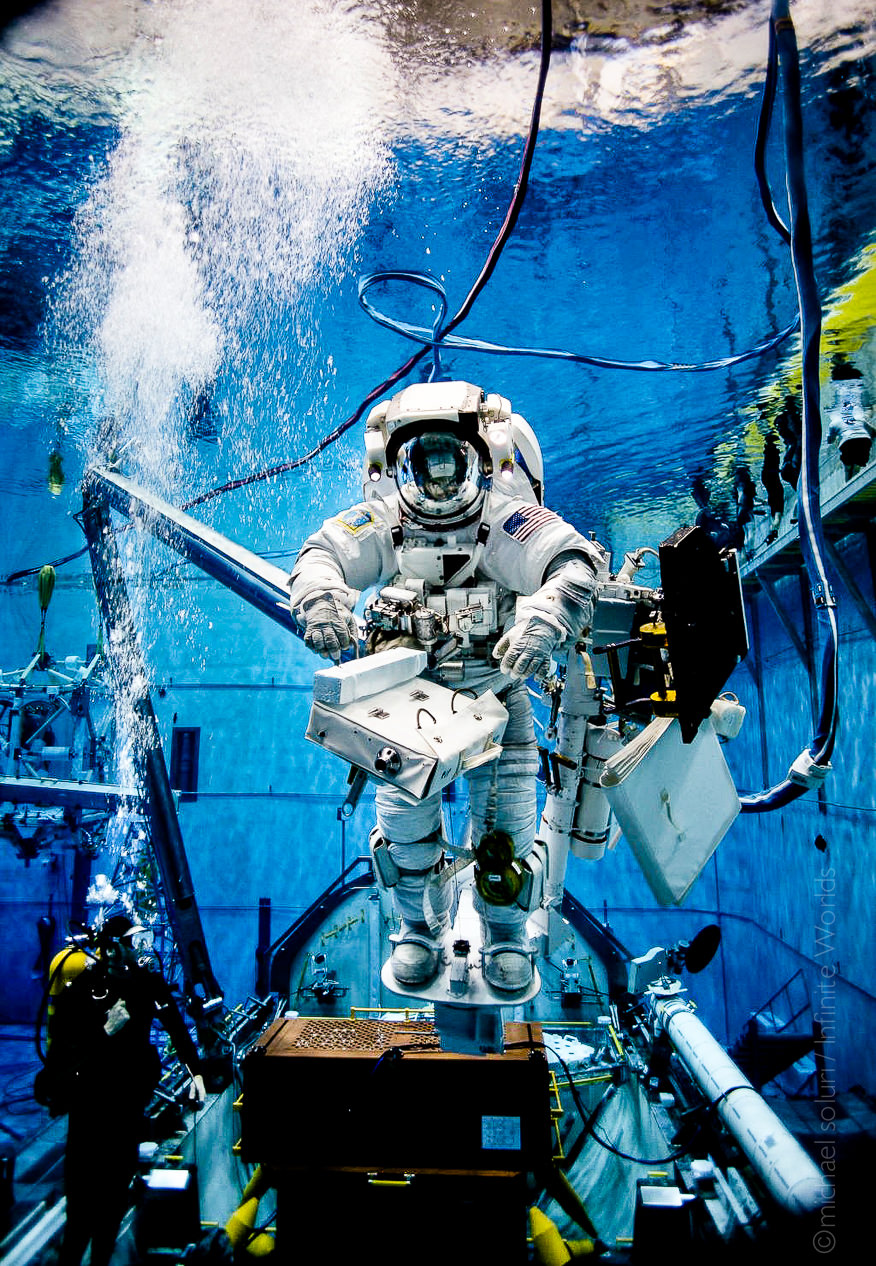
Photographer Michael Soluri was granted unprecedented access to document the people and events behind the final Hubble Space Telescope Servicing Mission 4, STS-125, which launched in 2009. He has published these images in a new book, “Infinite Worlds: People & Places of Space Exploration.” Soluri has provided Universe Today with an exclusive gallery of images from the book, and also told us about his experiences in being able to follow for three years the behind the scenes lead-up to the mission.
Read his account and see more images below. You can read our full review of Infinite Worlds here.
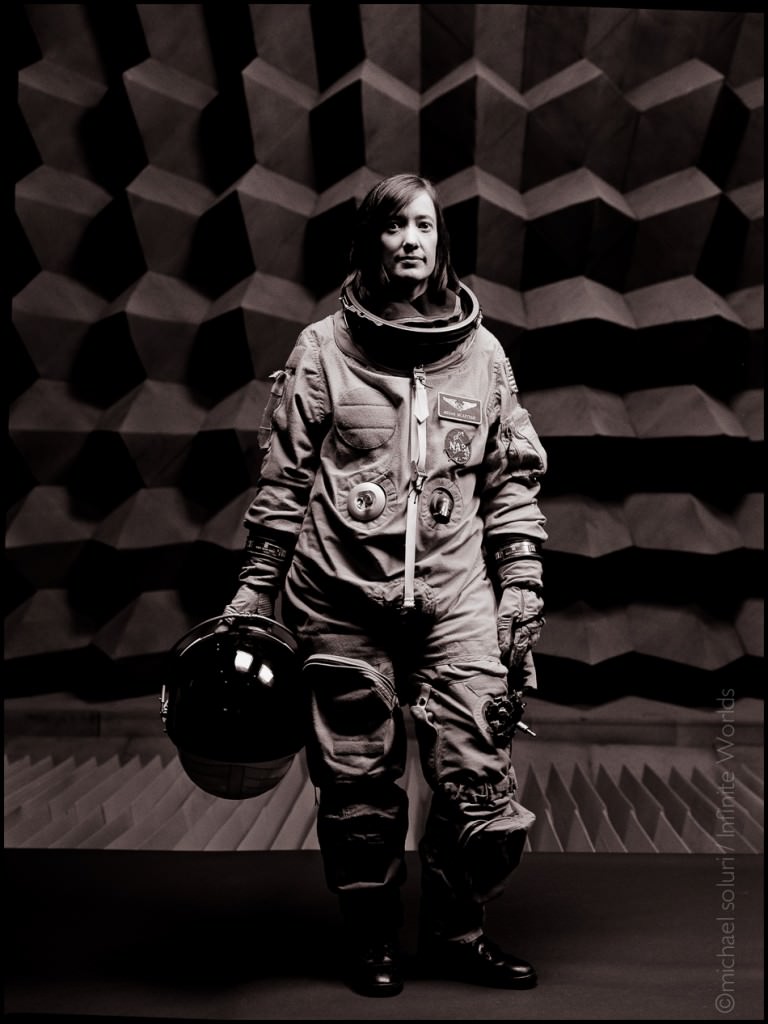
From a very early age following the space program and over the decades as a documentary photographer on location at various NASA flight centers, I always felt something was missing: an honest, unscripted visual sense of the people behind the scenes that make human and robotic space flight possible.
Yes, it’s always inspiring to experience and photograph a rocket launch with remote equipment or from 3 miles away. However, the access pattern over time has been the same. Writers and photographers herded together into controlled situations that in the end capture the same shot. Given security issues, this is understandable and the results over the decades are predictable.
To achieve the results experienced in Infinite Worlds required earning the trust of both the crew as well as Hubble and shuttle flight management. That trust contributed to being asked by the STS-125 crew to coach them in making better more visually communicative images of their experiences at Hubble. It also enabled me to be a part of and be accepted into the many worlds of that mission during good times and challenging ones.
The edited results comprise my book and exhibitions. Looking back on that journey, I am humbled by the mutual respect and trust extended to me by a remarkable, “made in the USA” labor force that for the most part no longer exists.
— Michael Soluri
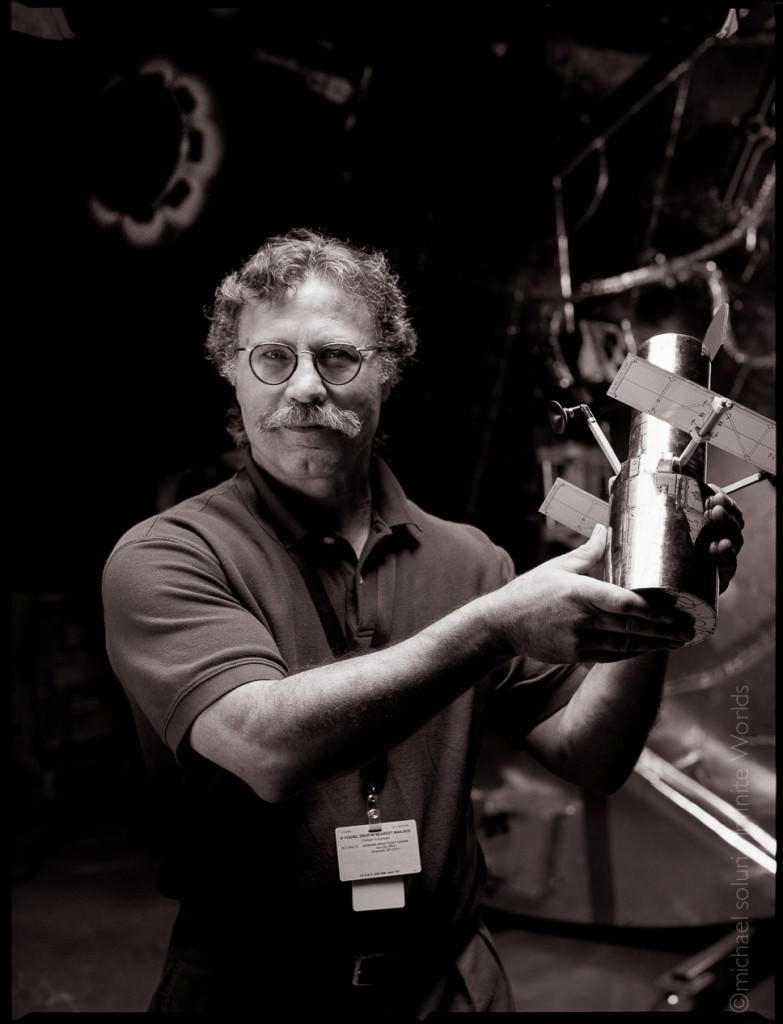
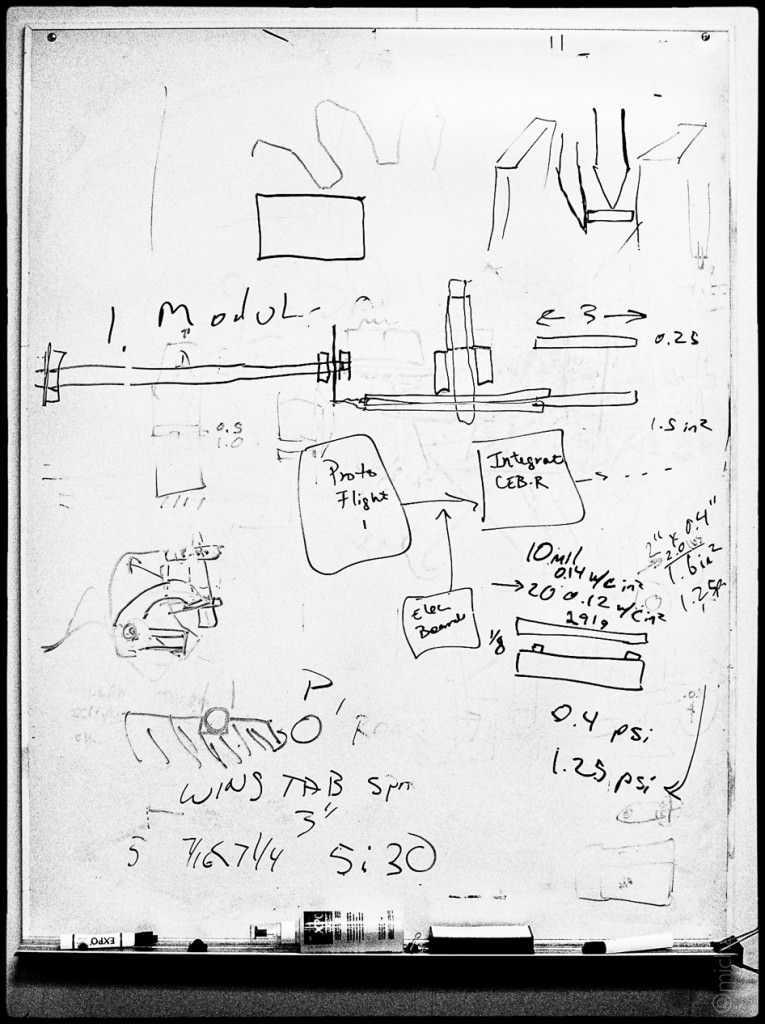
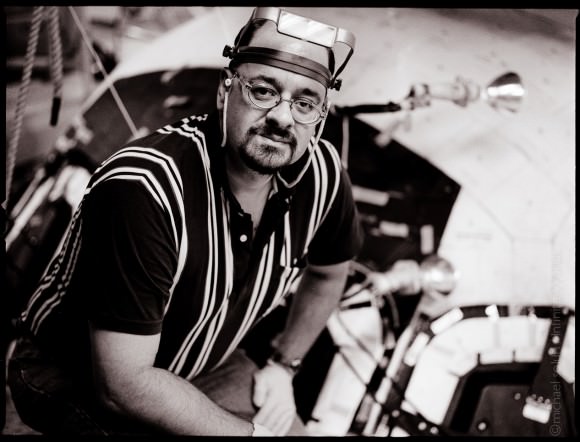
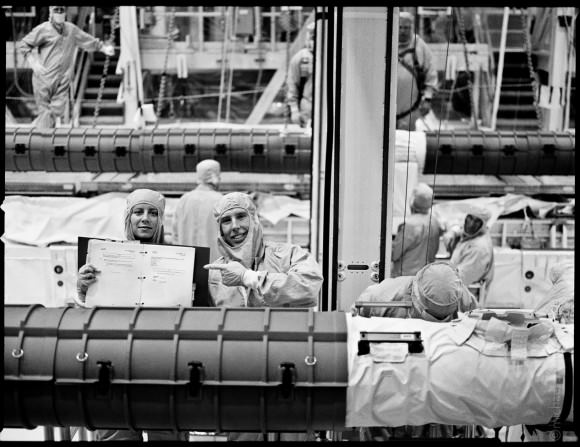
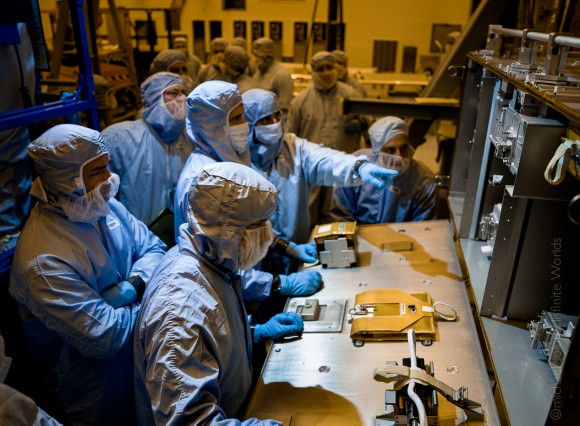

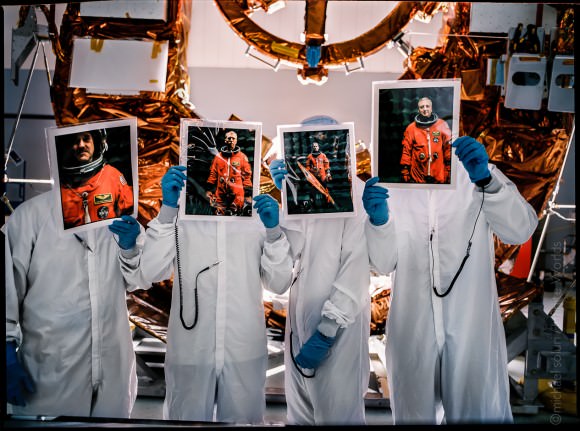
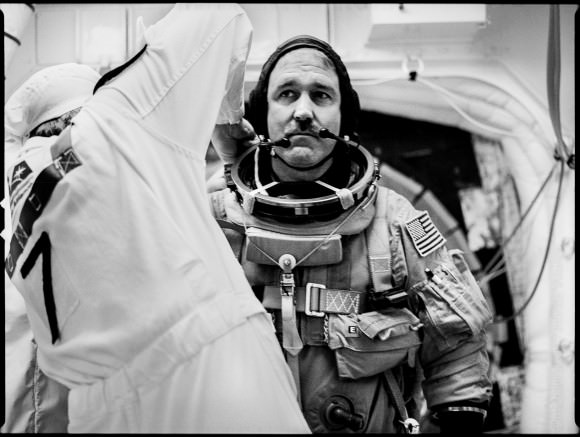
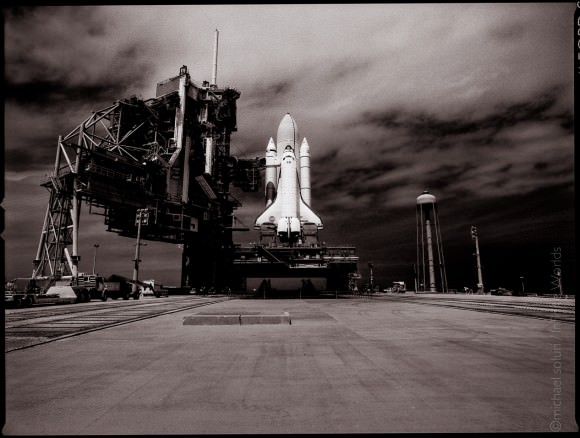
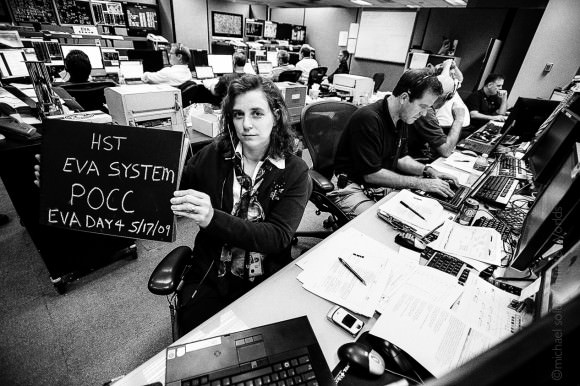
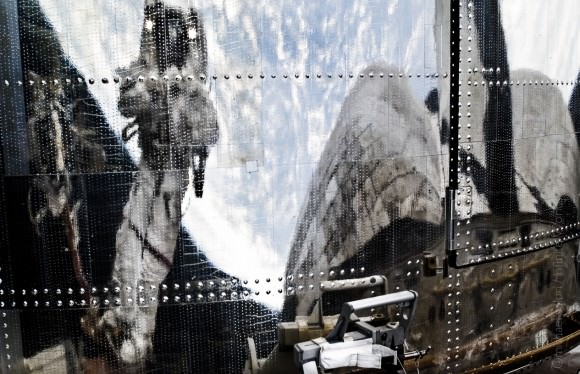
Several of Soluri’s images of the SM4’s EVA tools and photos by the Atlantis crew are part of an exhibition at the Smithsonian Air and Space Museum Outside the Spacecraft: 50 Years of Extra-Vehicular Activity, on view at the Air and Space Museum through June 8. There’s also an online exhibition. Smithsonian Associates is the presenting organization.
Soluri will give a presentation and do a book signing on April 11, 2015 at the Smithsonian’s Hirshhorn Museum & Sculpture Garden. Soluri will be joined by four individuals who played key roles in Service Mission SM4: astronaut Scott Altman, the STS-125 shuttle commander; David Leckrone, senior project scientist; Christy Hansen, EVA spacewalk flight controller and astronaut instructor; and Hubble systems engineer Ed Rezac. More information on that event can be found here.
Book Review: “Infinite Worlds: People & Places of Space Exploration” by Michael Soluri
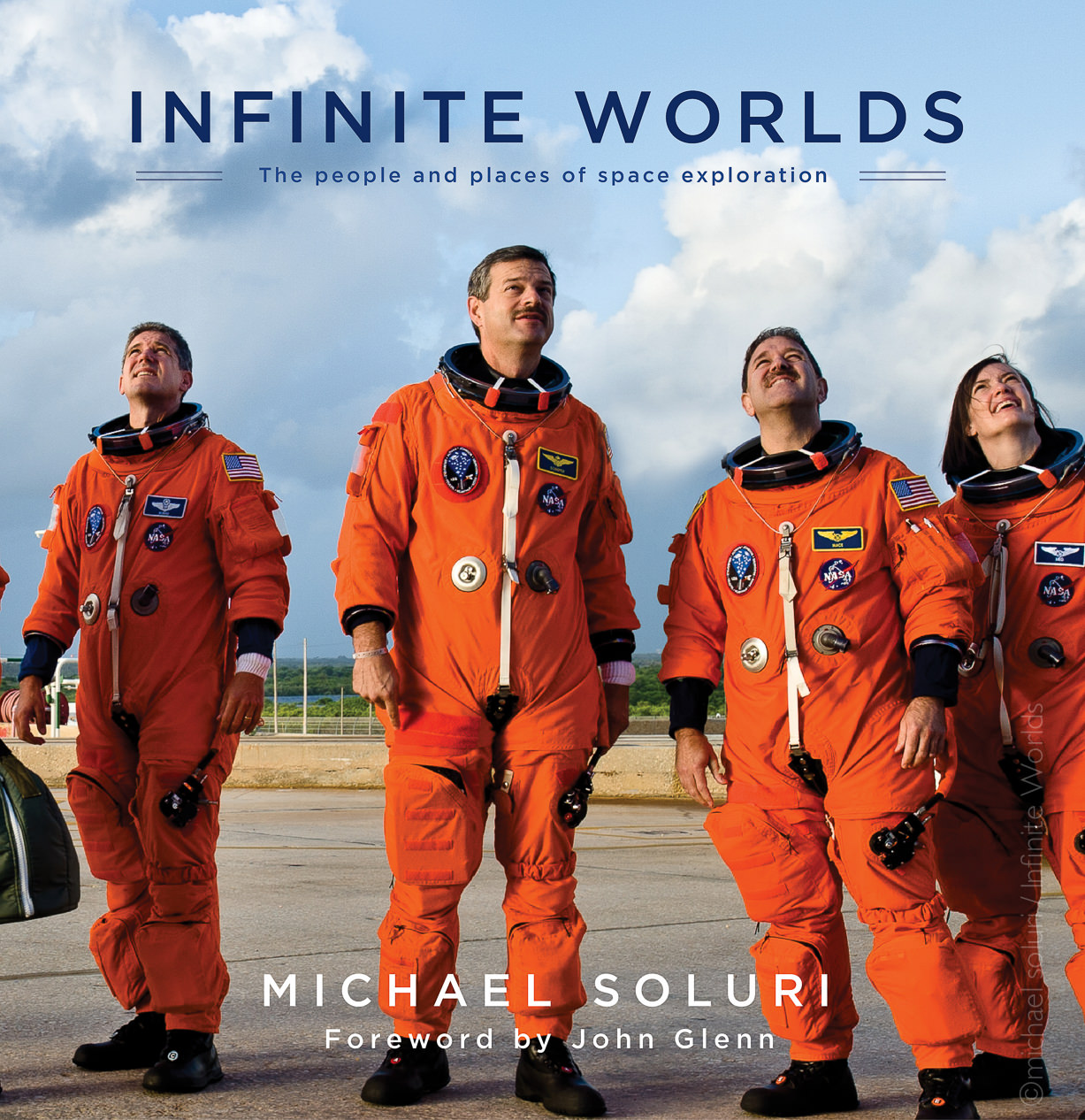
On April 24, 1990, the Hubble Space Telescope was launched from Kennedy Space Center into low Earth orbit. Hubble was the first telescope designed to operate in space, so it was able to avoid interference from Earth’s atmosphere – an inconvenience that had limited astronomers since they first looked up to the skies. However, scientists quickly realized that something was wrong; the images were blurry. Despite being among the most precisely ground instruments ever made, the primary mirror in the Hubble was about 2,200 nanometers too flat at the perimeter (for reference, the width of a typical sheet of paper is about 100,000 nanometers). Luckily, there was a solution.
Hubble was designed to be serviced in space. As NASA writes on the telescope’s website, “a series of small mirrors could be used to intercept the light reflecting off the mirror, correct for the flaw, and bounce the light to the telescope’s science instruments.” A series of five missions lasting from 1993 to 2009 was devised to correct the mirror and perform various upgrades. Despite being the first of their kind, the missions were declared a resounding success – and they enabled the Hubble Space Telescope to remain operational to this day. Many of Hubble’s images are among the most incredible ever produced by mankind, yet few people know anything about the remarkable men and women who made them possible.

See an exclusive gallery of images from the book here.
Infinite Worlds: People & Places of Space Exploration, the latest book from photographer Michael Soluri, documents the people who worked on the last of these repair missions, STS-125 (also known as Hubble Space Telescope Servicing Mission 4 [HST-SM4]). The nearly two-week journey aboard Space Shuttle Atlantis saw the successful installation of two new instruments and the repair of two others. Like the four other shuttle crews that came before them, the men and women aboard STS-125 enabled Hubble to see deeper and farther into the past than ever before.
Michael Massimino, a veteran of the earlier STS-109 mission, is one of these people. Massimino and Soluri became fast friends after a chance encounter, when Soluri asked: “What is the quality of light really like in space?” Following their discussion, Massimino asked Soluri to teach him and the rest of the crew how to take photographs that would better communicate their experiences in space. Astronauts are always taking pictures, but the lighting in space is, understandably, not always ideal. Like Soluri himself in Infinite Worlds, the astronauts repairing Hubble were looking for better ways to communicate the beauty of space travel through photography.
Soluri was granted unprecedented access to document the people and events behind the mission throughout a period of more than four years. The photographs in the book “give deserved attention to a few of the many thousands of people who worked on the Space Shuttle and Hubble Space Telescope programs,” reads an inspiring foreword by John Glenn, the first American to orbit the Earth. Infinite Worlds reveals a side of space travel that most of us would never otherwise see, including the training sessions, tools, and trials that make success possible. NASA, notorious for keeping their employees tightly scripted and inaccessible, rarely grants such access – and with the closing of the Space Shuttle Program in 2011, such intimacy may never be seen again.

Science is a cooperative discipline, but most people only ever see the results. The tireless work of thousands of individuals is often taken for granted and forgotten. Although many people still hold the false idea that scientific accomplishments are made by individual geniuses working in an armchair, now more than ever before we are entering an age where science is performed by large teams working cooperatively. To mention just one example, CERN hosts scientists of more than 100 nationalities. As Jill McGuire, a manager at Goddard Space Flight Center, writes about the field in the book, “the best way to move forward in the business was to get my hands dirty by working with the skilled machinists and technicians in the branch to learn everything I could.”
Infinite Worlds grants readers an exhilarating glimpse into this cooperative world. One particularly inspiring section follows the immediate buildup to the launch of STS-125. The transcript of the pre-launch quality check is paralleled by images of the situation as it happened. Black and white photographs from both cockpit and control room highlight the tension behind “the most risky thing NASA does,” according to Space Shuttle Launch Director Michael Leinbach. He continues, “they were real people with real families, real children, real lives.” Infinite Worlds reminds us of this: the work behind every scientific breakthrough is not magic, but rather the result of talented and dedicated individuals.
As we approach the 25th anniversary of the Hubble Space Telescope’s launch and look to the future, a book like Infinite Worlds is more relevant now than ever before. The beautiful photographs in Soluri’s book tell two kindred stories: not only the heroic report of repairing a multi-billion dollar piece of equipment, but also a unique glimpse at the inspiring men and women who made it all possible. Whether humanity’s next missions are to Mars, Europa, or elsewhere, one thing will remain constant – we will only reach the stars through the work of exceptional people.
Infinite Worlds is available at Amazon, Barnes and Noble, Indiebound, iBooks, and Google Play.
Learn more about Michael Soluri at his website.
Several of Soluri’s images of the SM4’s EVA tools and photos by the Atlantis crew are part of an exhibition at the Smithsonian Air and Space Museum, Outside the Spacecraft: 50 Years of Extra-Vehicular Activity, on view at the Air and Space Museum through June 8. There’s also an online exhibition.
Soluri will give a presentation and do a book signing on April 11, 2015 at the Smithsonian’s Hirshhorn Museum & Sculpture Garden. Soluri will be joined by four individuals who played key roles in Service Mission SM4: astronaut Scott Altman, the STS-125 shuttle commander; David Leckrone, senior project scientist; Christy Hansen, EVA spacewalk flight controller and astronaut instructor; and Hubble systems engineer Ed Rezac. More information on that event can be found here.

